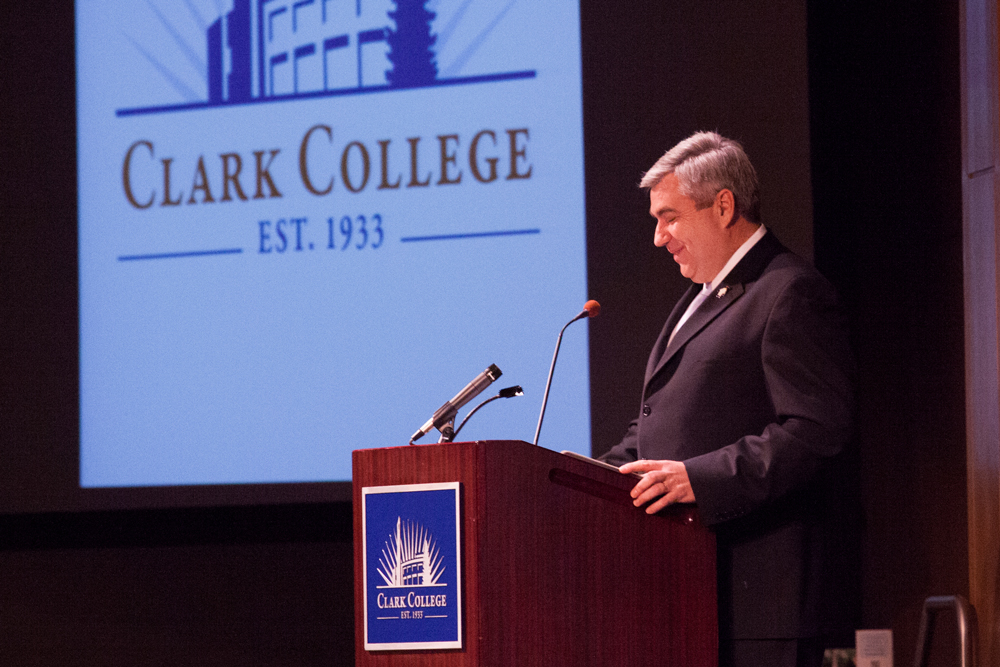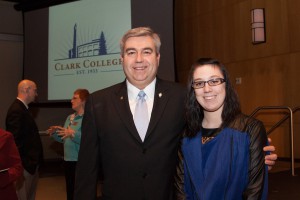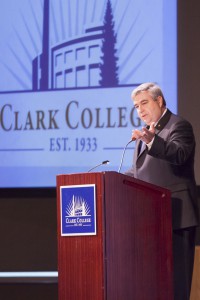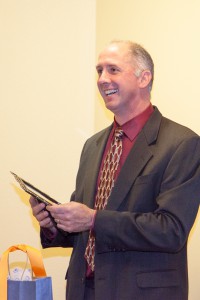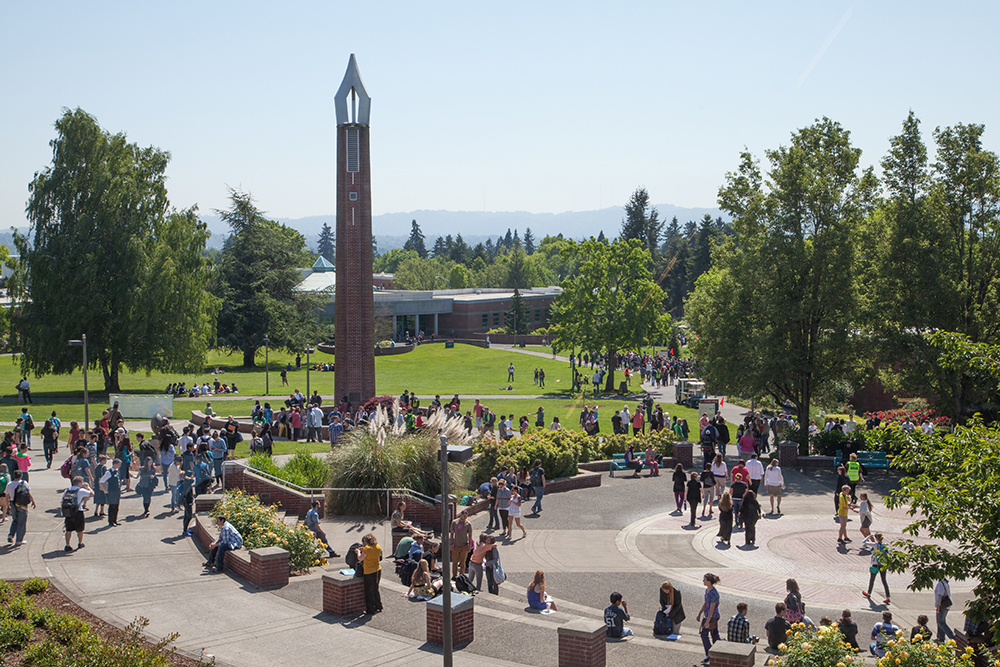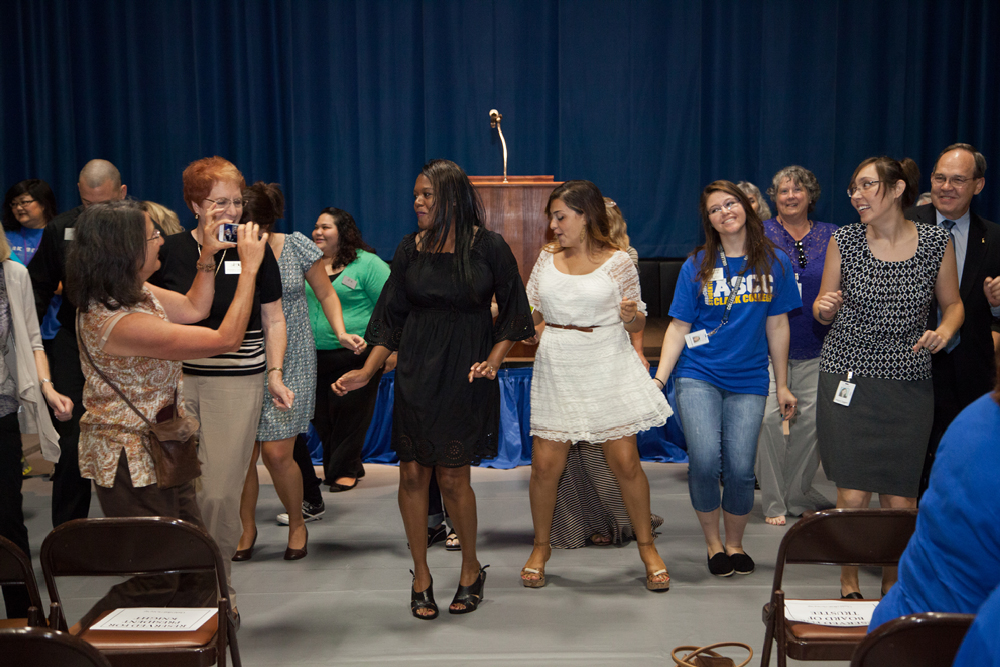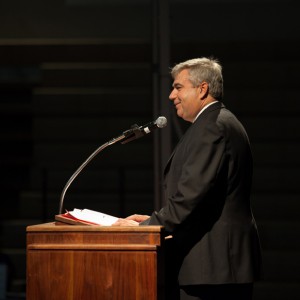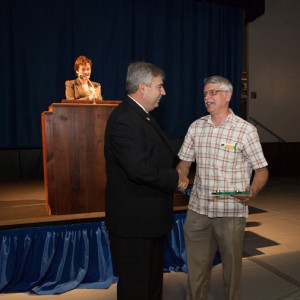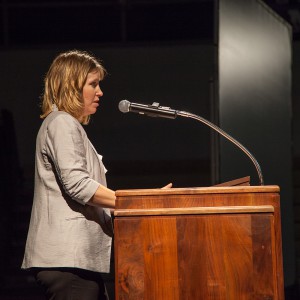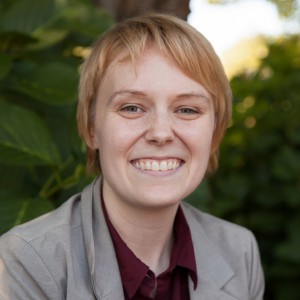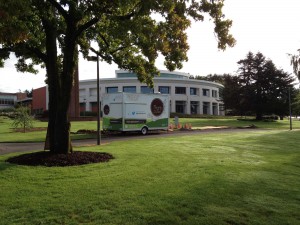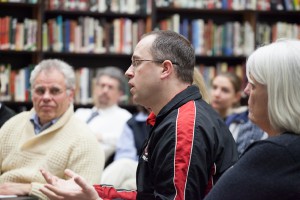Making Change: introducing ctcLink
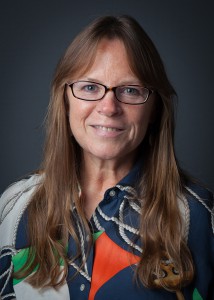 As Clark College’s Director of Change Management, one of my goals is to increase awareness of the Community and Technical Link (ctcLink) project at our college. This project will change our working environment in a big–but positive–way. Please read below for more information. If you have any questions about the project, I am always available to help answer them for you.
As Clark College’s Director of Change Management, one of my goals is to increase awareness of the Community and Technical Link (ctcLink) project at our college. This project will change our working environment in a big–but positive–way. Please read below for more information. If you have any questions about the project, I am always available to help answer them for you.
What is it ctcLink
ctcLink is an Enterprise Resource Planning (ERP) project that will modernize, centralize, and standardize the Washington Community & Technical Colleges’ administrative systems. Our current legacy systems (Student Management, Financial Management, Payroll & Personnel Management, and Financial Aid) will be replaced by Oracle Peoplesoft applications.
Why do we need to replace our current systems?
Our current administrative system is over 30 years old. As most of you have experienced, it is usually offline for several hours each night, and it has very little flexibility or support for modern technologies and needs, such as mobile device support or 24/7 access for students and employees. If you have stories you’d like to share regarding the current system and its limitations, please send them to me. I’d love to share with everyone next month how some of these limitations can be resolved with ctcLink.
When is all this happening?
This changeover will take place in May 2015, but we have a lot to do before that happens: Cleaning up all of our current data from the old system, convert that data for the new system, and understanding how the new software will change how we do business at the college. In August 2014 (yes, just seven months away!) the SBCTC and Ciber (a vendor helping us implement the changeover) will arrive at Clark College and start taking us through a plethora of activities to get us ready. Between now and then, we have a lot of work to do to better understand the software’s functionality and to make sure our data will move over to the new system successfully. The timeline below gives a clear idea of how the change will be structured.
Who will be affected?
The short answer is: everyone! Everyone who accesses and/or administers any part of our current systems (including class, employee, financial, procurement, and student systems) will be affected. Once the ctcLink project is completed, you will be using entirely new systems. (Don’t worry: There will be training available for everyone. Training needs and schedules will vary depending on your role at the college.)
Additional Information and Resources
The Washington State Board for Community & Technical Colleges (SBCTC) has a dedicated ctcLink website with lots of resources and information.
Clark College also has an intranet web area for Change Management and ctcLink (ClarkNet login required). You can go to this website to find out more information and links to further information. This website also contains the names of many people who have been working diligently to help get some foundational decisions made regarding the overall architecture and infrastructure of how the system must work to comply with regulations and college policies. These are our Subject Matter Experts (SMEs). You can find someone in the area in which you work.
Thanks,
Jane Beatty
Directory of Change Management
X2903
jbeatty@clark.edu

